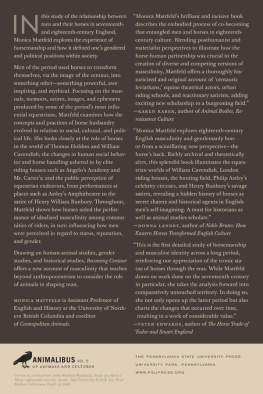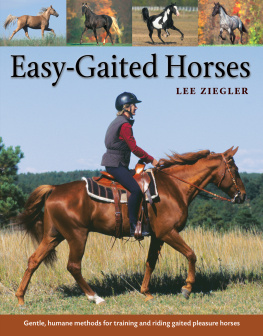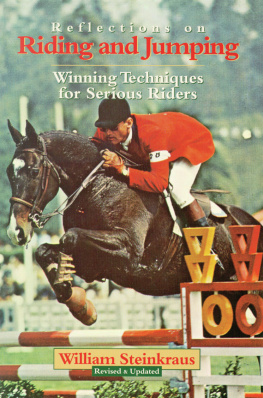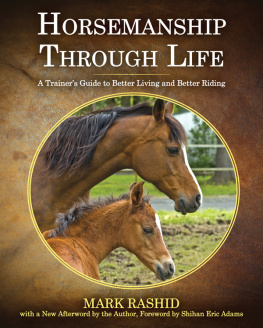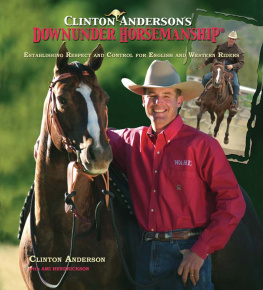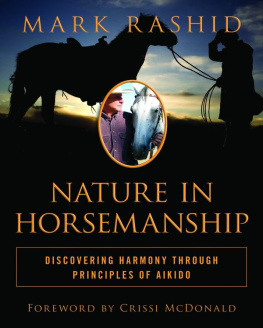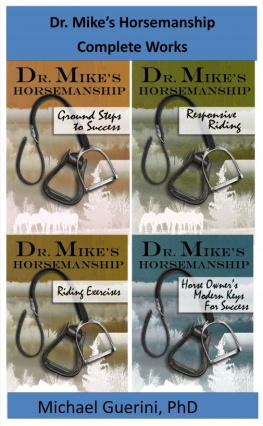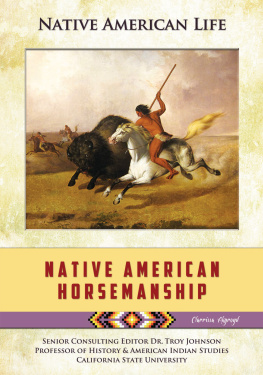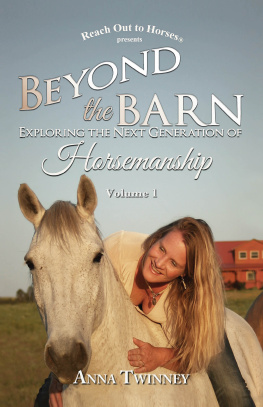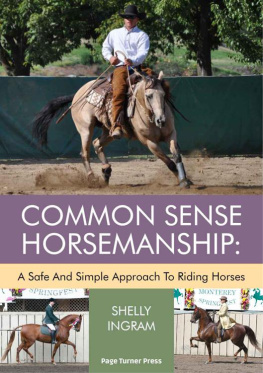Becoming Centaur

Nigel Rothfels, General Editor
ADVISORY BOARD
Steve Baker (University of Central Lancashire)
Susan McHugh (University of New England)
Garry Marvin (Roehampton University)
Kari Weil (Wesleyan University)
Books in the Animalibus series share a fascination with the status and the role of animals in human life. Crossing the humanities and the social sciences to include work in history, anthropology, social and cultural geography, environmental studies, and literary and art criticism, these books ask what thinking about nonhuman animals can teach us about human cultures, about what it means to be human, and about how that meaning might shift across times and places.
Other titles in the series:
Rachel Poliquin, The Breathless Zoo: Taxidermy and the Cultures of Longing
Joan B. Landes, Paula Young Lee, and Paul Youngquist, eds., Gorgeous Beasts: Animal Bodies in Historical Perspective
Liv Emma Thorsen, Karen A. Rader, and Adam Dodd, eds., Animals on Display: The Creaturely in Museums, Zoos, and Natural History
Ann-Janine Morey, Picturing Dogs, Seeing Ourselves: Vintage American Photographs
Mary Sanders Pollock, Storytelling Apes: Primatology Narratives Past and Future
Ingrid H. Tague, Animal Companions: Pets and Social Change in Eighteenth-Century Britain
Dick Blau and Nigel Rothfels, Elephant House
Marcus Baynes-Rock, Among the Bone Eaters: Encounters with Hyenas in Harar
Becoming Centaur

Eighteenth-Century Masculinity and English Horsemanship
Monica Mattfeld
The Pennsylvania State University Press
University Park, Pennsylvania
Library of Congress Cataloging-in-Publication Data
Names: Mattfeld, Monica, 1982, author.
Title: Becoming centaur : eighteenth-century masculinity and English horsemanship / Monica Mattfeld.
Other titles: Animalibus.
Description: University Park, Pennsylvania : The Pennsylvania State University Press, [2017] | Series: Animalibus: of animals and cultures | Includes bibliographical references and index.
Summary: Explores the history of horse-human relationships over the long eighteenth century, and how these relationships in turn influenced performances of gender. Examines the agential influence of horses in their riders lives, horses on stage and the early circus, and the politicization of human-animal beingProvided by publisher.
Identifiers: LCCN 2016043164 | ISBN 9780271075778 (cloth : alk. paper)
Subjects: LCSH: HorsemanshipEnglandHistory18th century. | Horsemen and horsewomenEnglandHistory18th century. | Human-animal relationshipsEnglandHistory18th century. | MasculinityEnglandHistory18th century.
Classification: LCC SF284.G7 M38 2017 | DDC 798.20942dc23
LC record available at https://lccn.loc.gov/2016043164
Copyright 2017
The Pennsylvania State University
All rights reserved
Printed in the United States of America
Published by
The Pennsylvania State University Press,
University Park, PA 16802-1003
The Pennsylvania State University Press
is a member of the
Association of American University Presses.
It is the policy of The Pennsylvania State University Press to
use acid-free paper. Publications on uncoated stock satisfy
the minimum requirements of American National Standard
for Information SciencesPermanence of Paper for
Printed Library Material, ansi z39.481992.
To my parents.
Thank you.
CONTENTS
My first thank-you must go to Donna Landry for her critical engagement with my work, and for her untiring, enthusiastic, and conscientious support throughout. She has truly taken me under her wing, and has not only shown me new approaches to the study of history and literary studies but has opened my eyes to new cultures and new ways of thinking and of riding; the Evliya elebi ride was a wonderful, once-in-a-lifetime experience. I am also grateful for the contributions of David Ormrod, whose vast historical knowledge and keen eye for art have been invaluable. Also, the astute suggestions and perceptive input of Rosanna Cox have lent important depth to this book, and have given me a new appreciation of early modern political thought, while Jane Spencer was truly generous with her time, support, and suggestions.
Many other people have been lavish with their time, guidance, and insight. Helen Brooks was kind enough to give me a crash course in the history of eighteenth-century theaters. Elaine Walker, Marius Kwint, and Kirrilly Thompson generously sent me copies of their work, while providing welcome advice and support. Clive Johnson, Hugh Adlington, and Jan Montefiore suggested wonderful equestrian sources, and Jan was exceptional in her always engaging ideas and intelligent conversation. Thank you also to Pete Edwards for some fantastic talks and thoughts, to Richard Nash for introducing me to the wacky world of quantum physics, and to Karen Raber for her excellent ideas and untiring enthusiastic support. I must also thank Jennie Batchelor and Jane Spencer for excellent revision suggestions and an enjoyable PhD viva.
My forays into archival research were greatly helped by understanding staff. The staff at the New York Public Library kindly explained the technicalities of working with rare books, and those at the University of British Columbia were quietly efficient. I would also like to thank the knowledgeable staff at the British Librarys Rare Books and Manuscripts reading rooms for their help in tracking down some of my more obscure sources. Similarly, the wonderful archivists at the Victoria and Albert Museum Theatre and Performance Collection were always willing to help, and were obviously passionate about their role in document preservation. A big thank-you must also go to the many people around the world who came to my rescue when sourcing the sometimes very obscure images for this bookyou are all wonderful. None of my research in the London archives would have been possible without the generous support of the Federation of Women Graduates Theodora Bosanquet Bursary; the funding was appreciated and, I hope, well spent. Financial support also came from the University of Kents School of English.
A big thank-you must go to Sarah Horgan, Katherine Korrigan, Courtney Salvey, Jenny JiPlacidi, Gemma Vaughan, Stephanie Decouvelaere, Kim Simpson, Vybarr Cregan-Reid, Amy Lilwall, Robert Maidens, Tom Lawrence, and Petr Barta for their invaluable support, knowledgeable critiques, enthusiastic engagement with my sometimes offbeat ideas, and infectious laughter. You are all fantastic people whom I am entirely privileged to know. I must also thank my family for their unreserved encouragement and support. It is appreciated more than you know.
Finally, the many horses in my life deserve their place among those who have contributed to this book. Noonie, Gambler, and Mayday (along with the many other horses I have been fortunate enough to meet in my travels), family members in another form, are the inspiration for this work. Without their presence, and our days spent talking together, this book would not have been possible. Thank you, everyone.
In 1780 there appeared in the

